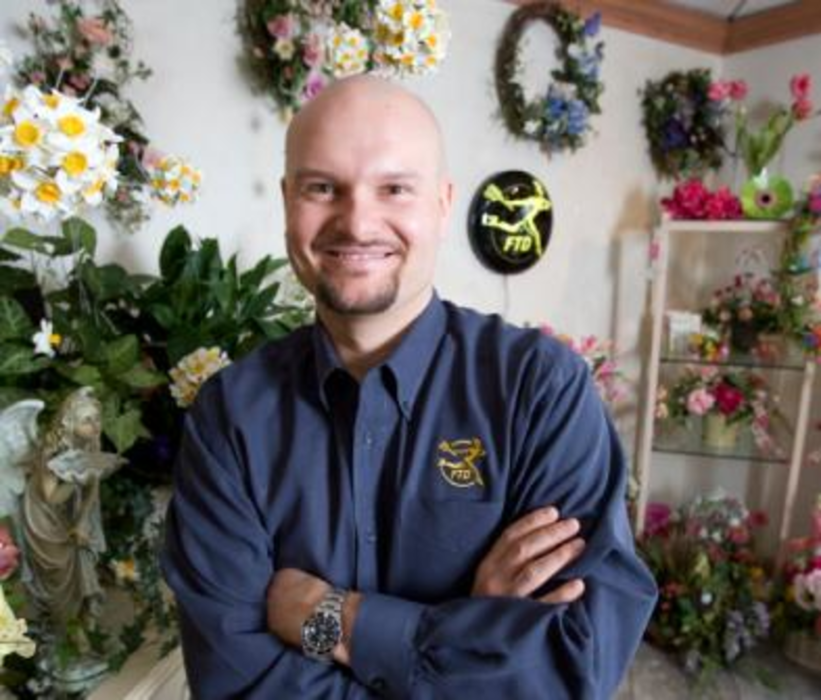Since 1910, consumers have used FTD’s network of florists to send flowers outside of their local area. Almost a century later, foot traffic in florists’ shops has begun to slow while Web traffic has grown, according to Jim Marshall, VP of member services for FTD.
To help its members capture online shoppers, the floral company started offering Web site services to its membership base around 10 years ago. Since then, about 7,000 members of FTD’s more than 15,000 florists throughout the US and Canada have signed on. “We host their Web site, help set it up and maintain it,” Marshall says.
But Marshall found that many of FTD’s customers had trouble finding those sites online. “One of the missing elements in our florists’ efforts to grow business online was a lack of knowledge and expertise in online marketing,” he says, adding that the biggest hole that needed to be filled was local search advertising.
When consumers look for local products and services online, they usually begin with a search on Google, Yahoo, MSN.com or an Internet Yellow Pages site. If local businesses aren’t advertising on these sites, they may not be easily found.
Targets purchase-ready consumers
Local search advertising campaigns are easily measured and tracked, and they put geographically targeted ads in front of consumers at the moment when they are most likely to make a purchase. “It’s a huge market opportunity, but it requires you to be there,” Marshall says.
So in early 2006, FTD decided to partner with ReachLocal, a local Internet advertising company that assists small to midsize businesses. The company makes sure that its clients’ pay-per-click ads appear next to relevant keyword search results across all of the major search engines, as well as Superpages.com.
These business owners just don’t have time to spend two to three hours a day adjusting keyword bids on Google, explains Zorik Gordon, president and CEO of ReachLocal. “We found that what these guys wanted was a value proposition, where they cut a check and let somebody do the rest,” he says.
Marshall agrees, adding that pay-per-click advertising targeted to specific geographical areas is very complex. “There is a severe learning curve for someone to try and learn to manage it effectively,” he says. “It’s very time consuming to do it on your own.”
To join the program, florists set a budget, indicate what geographical area they want to target and share information about what makes their business unique.
ReachLocal directs traffic to a proxy version of the business’s existing Web site with a proprietary phone number that ReachLocal owns. Gordon says that through this mechanism ReachLocal can report how many clicks and phone calls the florist received from the ad. The reporting provides proof of the value of the florists’ investment, Marshall adds, allowing florists to adjust their budget based on its success.
While local search clearly makes sense for small to midsize business, it can also make sense for larger clients that have regional footprints and local retail locations, says Doug Garfinkel, VP of media and acquisition services for Epsilon, an integrated marketing services provider.
“It’s really important for anyone with any kind of local presence to really capitalize on local search,” Garfinkel explains.
Local search campaigns are also increasingly a part of national marketing strategies. Even companies without a local bricks-and-mortar presence, says Garfinkel, can do geo-targeted campaigns based on their customers’ usage habits and preferences in different areas.
Tough to measure this trend
Local search is definitely a growing sector, adds Seth Nickerson, a senior search optimization strategist for iCrossing, a digital marketing company, though he says it tends to make the most sense for companies targeting consumers at the end of the purchase cycle.
But it is hard to measure how much local search is growing, says Bill Tancer, general manager of global research at Hitwise, an Internet intelligence firm. “A lot of local searches happen in long-tail search queries [phrases of about three or more words], which is why it’s hard to measure,” he explains.
Anecdotally, Tancer says he has seen an increase in searches that use ZIP codes and area codes — meaning consumers are getting more sophisticated and smart about finding local content online.
Despite the benefits, some FTD florists have been hesitant to join the ReachLocal program. Marshall says local search is still an unknown advertising medium for traditional retail florists, so it’s more difficult for them to take the leap.
But the 1,000 florists who have joined are seeing “great conversion rates on and offline,” he says. He also points out that those participating florists who have a good phone staff and who continue to update their Web site are capturing new customers at a cost per acquisition of less than $5.
“It’s been a great partnership in something that we continue to see high growth and a high level of interest by our florists for expanding their businesses,” he says.








